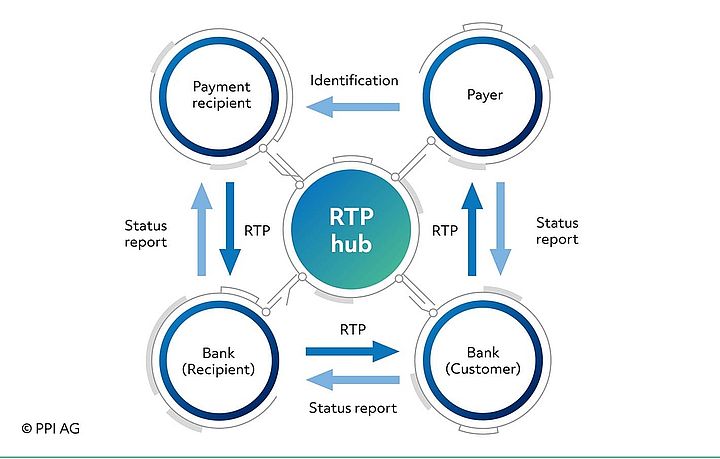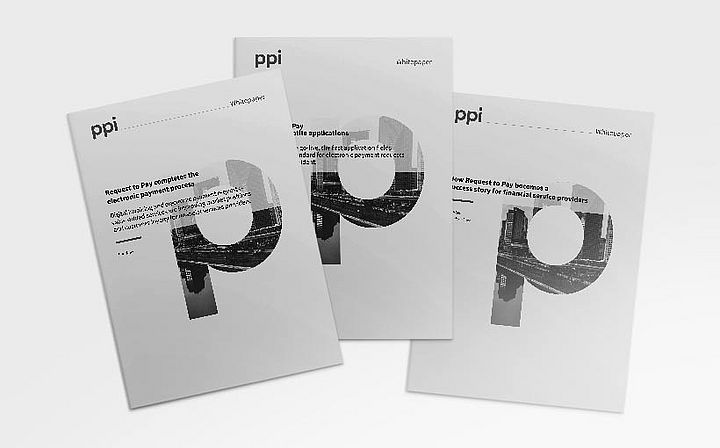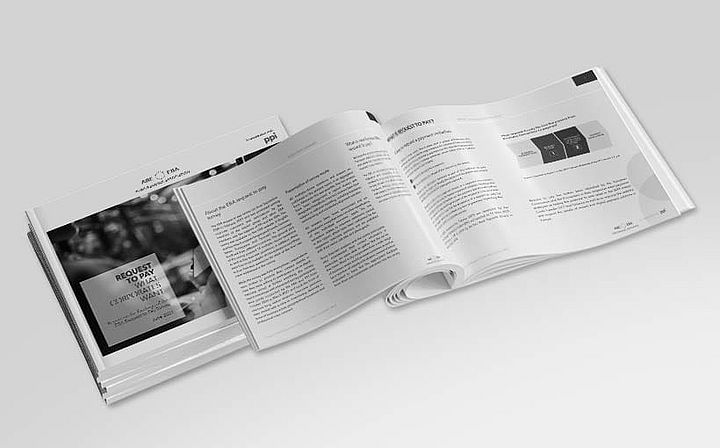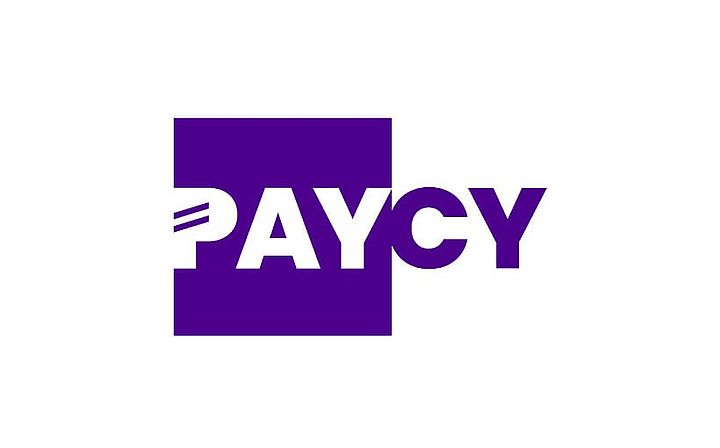The new European Request to Pay (RTP) standard for payment requests bridges the gap between invoicing and payment. This enables digital payment processes that are completely free of media discontinuities. The first set of rules on this came into force on 15 June 2021, and a lot has happened since then – most notably: PAYCY, the white-label platform for financial institutions to create payment requests in real time from an invoice. The process is based on the Europe-wide standard Request to Pay.
- Open the searchbox
- Consulting ConsultingConsulting
- Consulting Consulting
- Cross-Border & High-ValueCross-Border & High-Value
- T2 (TARGET2)
- SWIFT gpi
- SWIFT MX
- Global Instant PaymentsGlobal Instant Payments
- Domestic PaymentsDomestic Payments
- Retail PaymentsRetail Payments
- Processes & IT ArchitectureProcesses & IT Architecture
- Regulatory Requirements
- Trends
- Cross-Border & High-Value
- Consulting
- Products ProductsProductsBanking SolutionsInsurance Solutions
- Products Products
- Banking Solutions Banking Solutions
- Insurance Solutions Insurance Solutions
- Products
- Technology & Operations
- About PPI About PPI
- Company Company
- Corporate GroupCorporate Group
- Corporate Social ResponsibilityCorporate Social Responsibility
- Compliance Centre
- Corporate Group
- Touchpoints
- Company
- EN








